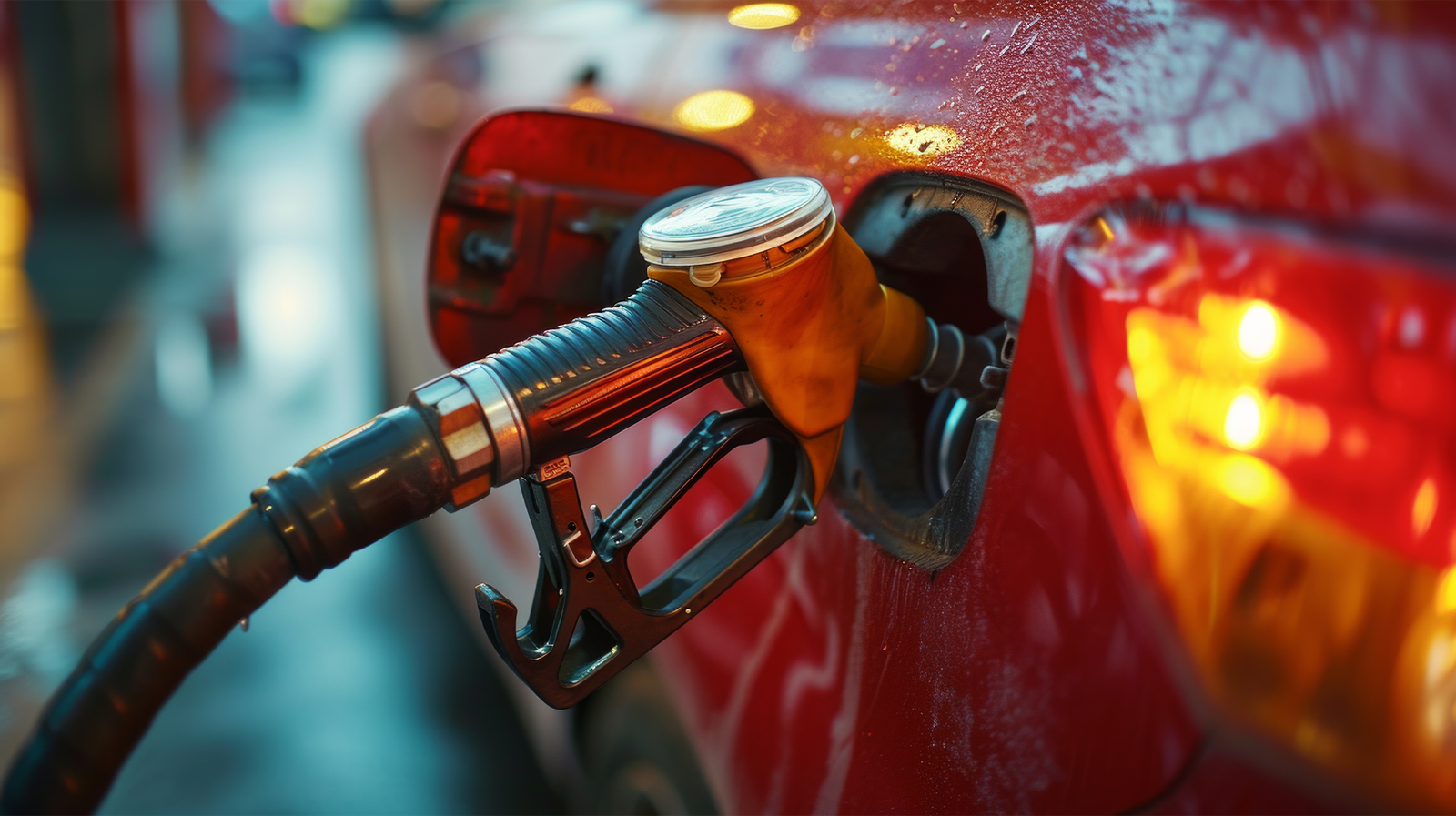
GASOLINE
Gasoline is typically made from crude oil through a refining process known as fractional distillation. In the process, the crude oil is heated, and different components of the oil separate based on their boiling points. The gasoline fraction is collected, which consists of hydrocarbons with 4 to 12 carbon atoms.
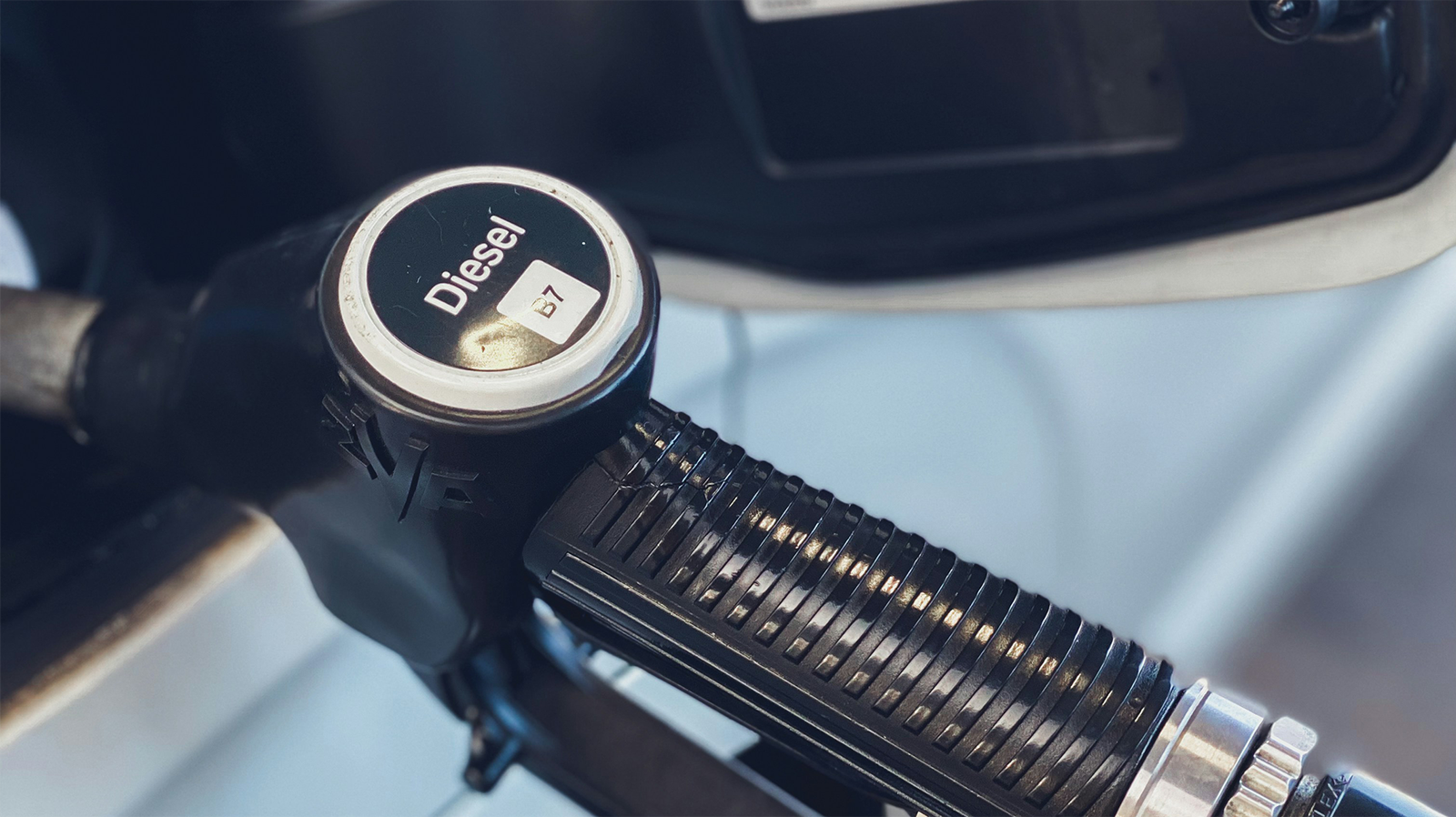
DIESEL
Diesel is a type of fuel derived from crude oil, used primarily in compression-ignition engines, such as those in trucks, buses, and trains. It is also used in generators, agricultural machinery, and various industrial applications. There are several types of diesel fuel, each catering to specific needs
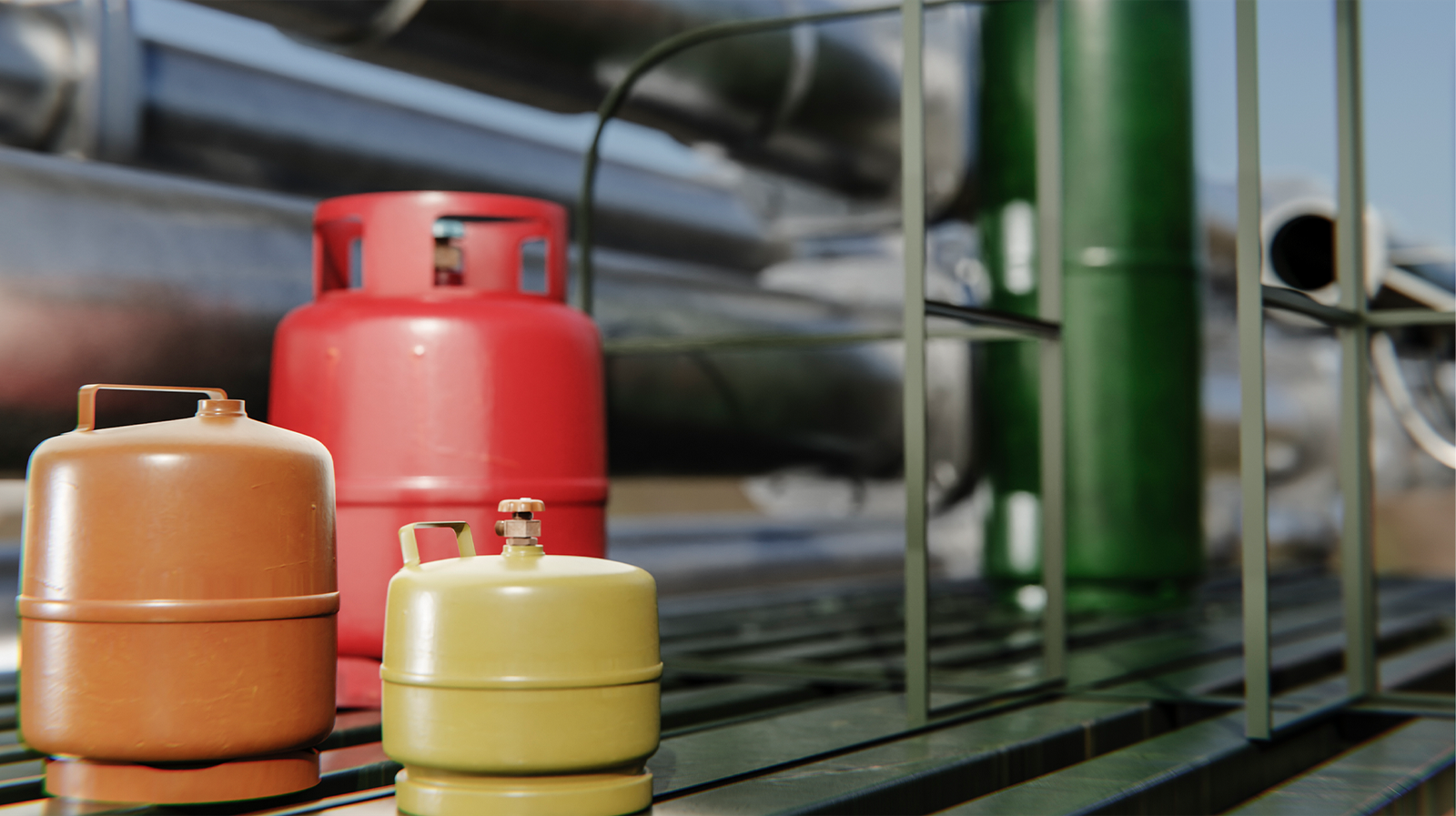
LPG / LNG / CNG
Liquefied Natural Gas (LNG) and Compressed Natural Gas (CNG) are both forms of natural gas, primarily composed of methane (CH₄), used as cleaner alternatives to gasoline and diesel for various applications, including transportation, power generation, and industrial processes. The main difference between them lies in how they are stored and transported, as well as some differences in energy density.
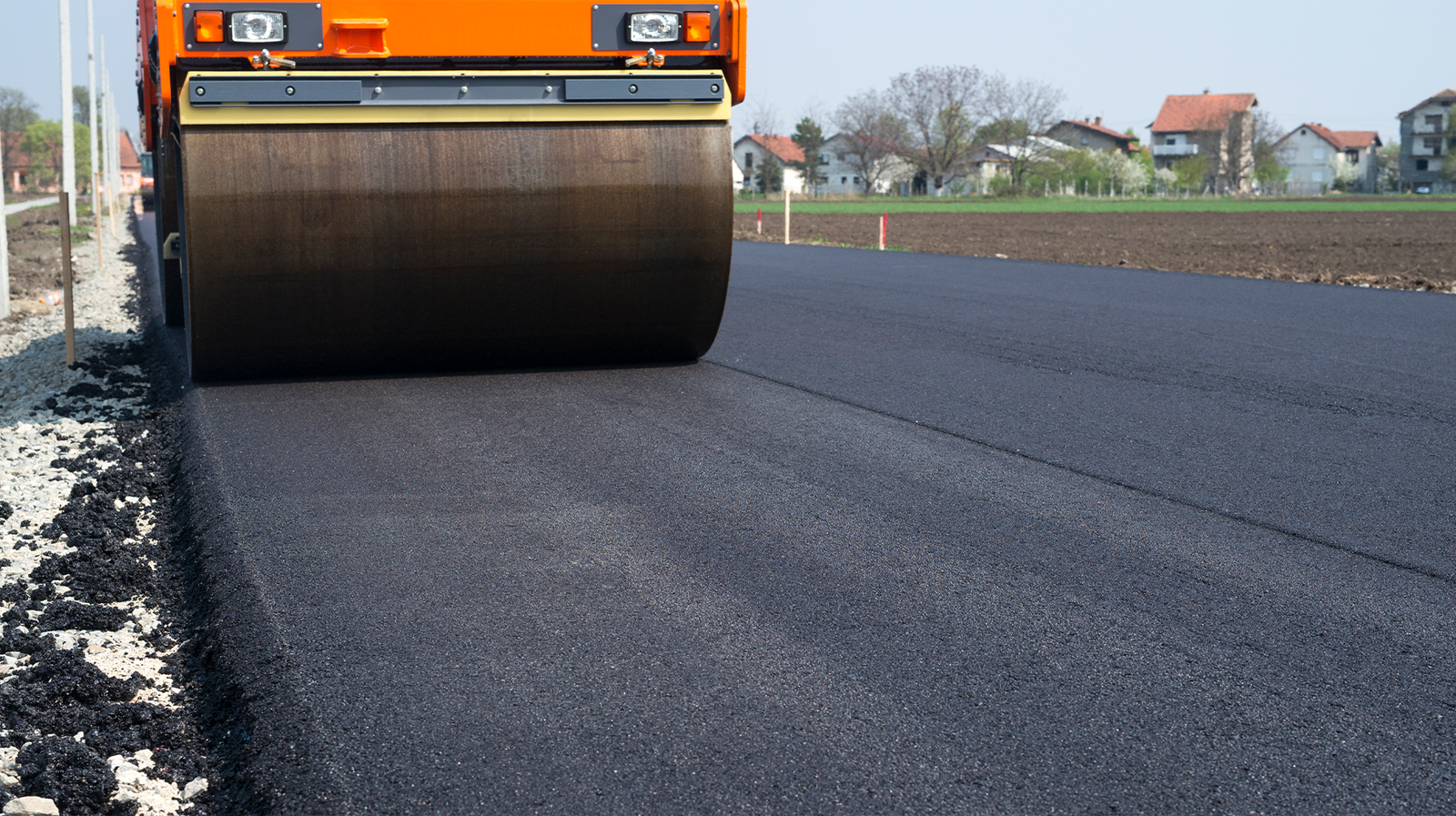
Asphalt(BITUMEN)
Asphalt (Bitumen): Asphalt, also known as bitumen, is a sticky, black, and highly viscous liquid or semi-solid form of petroleum used primarily in road construction. It is produced through a process involving the refinement of crude oil. Here's a step-by-step overview of how asphalt is made. 1. Extraction of Crude Oil. 2. Fractional Distillation. 3. Vacuum Distillation. 4. Blending and Processing. Types of Asphalt Production Straight-Run Asphalt: Produced directly from the distillation of crude oil without further processing. Air-Blown Asphalt: Heated and treated with air to improve temperature resistance (used in roofing materials). Cutback Asphalt: Asphalt dissolved in solvents for specific applications. Emulsified Asphalt: Mixed with water and emulsifying agents for easier handling and application.
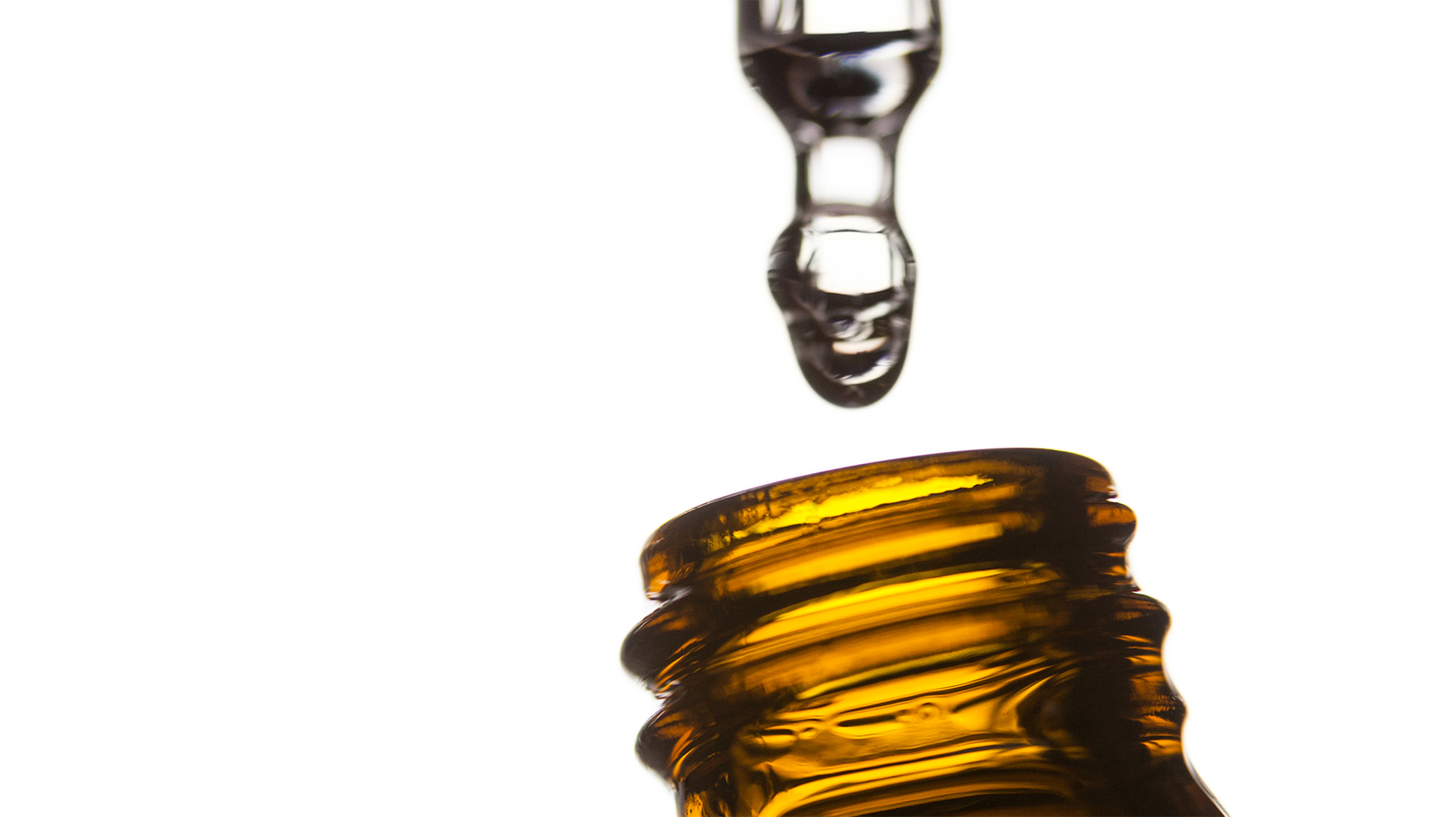
NAPHTHA
Uses of Gasoline: Automobiles: The primary use of gasoline is to fuel cars, trucks, motorcycles, and other vehicles with internal combustion engines. Small Engines: Gasoline is used in smaller engines such as lawnmowers, chainsaws, and generators. Aircraft (AvGas): Aviation gasoline (AvGas), typically higher in octane (100LL) is used in piston-engine aircraft. Boats and Marine Vehicles: Gasoline powers some smaller boats and watercraft. Power Tools and Equipment: Gasoline is used to fuel power tools, including drills, saws, and blowers
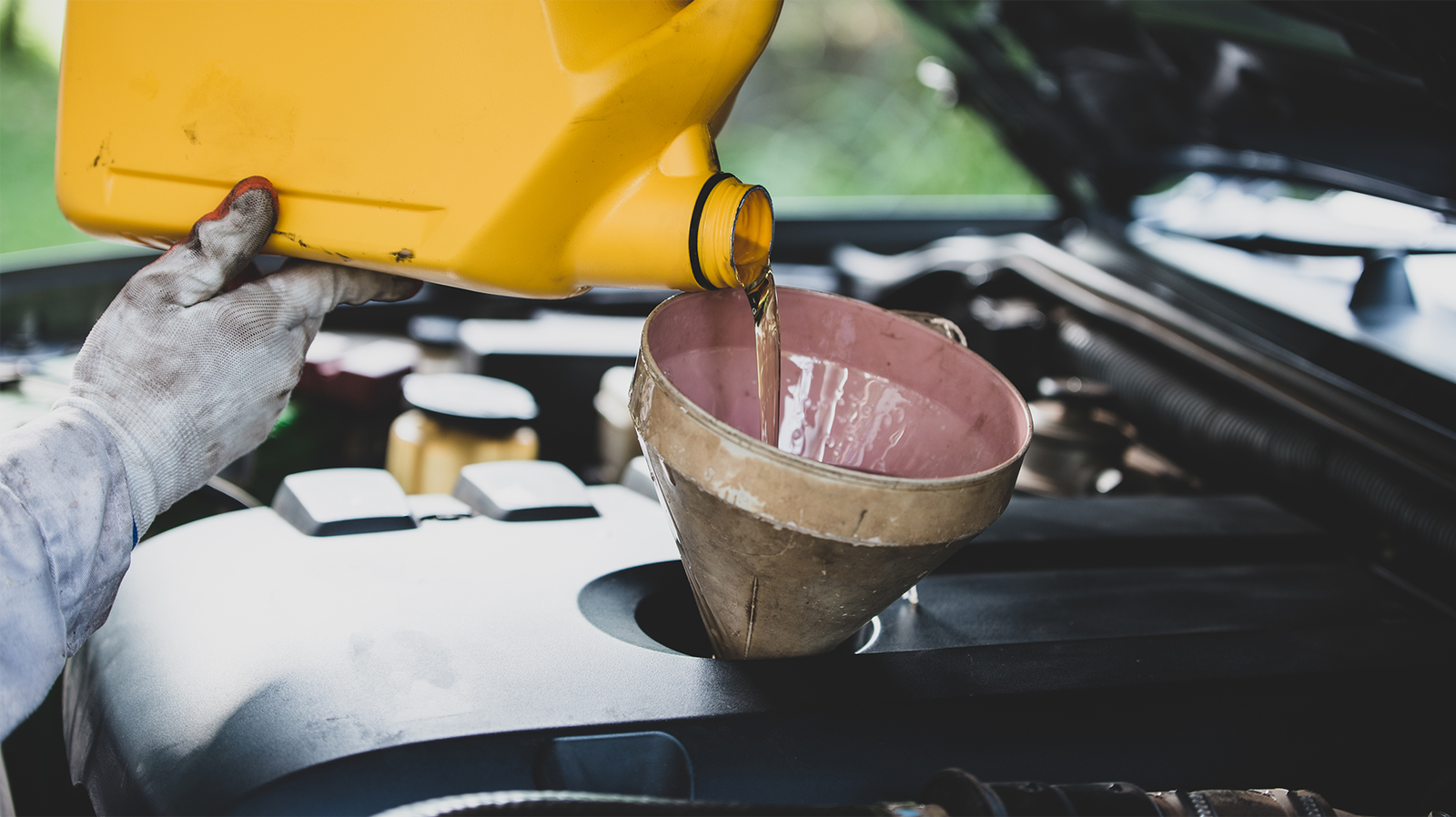
LUBRICANT OILS, GREASE & WAX
Gasoline is typically made from crude oil through a refining process known as fractional distillation. In the process, the crude oil is heated, and different components of the oil separate based on their boiling points. The gasoline fraction is collected, which consists of hydrocarbons with 4 to 12 carbon atoms..

